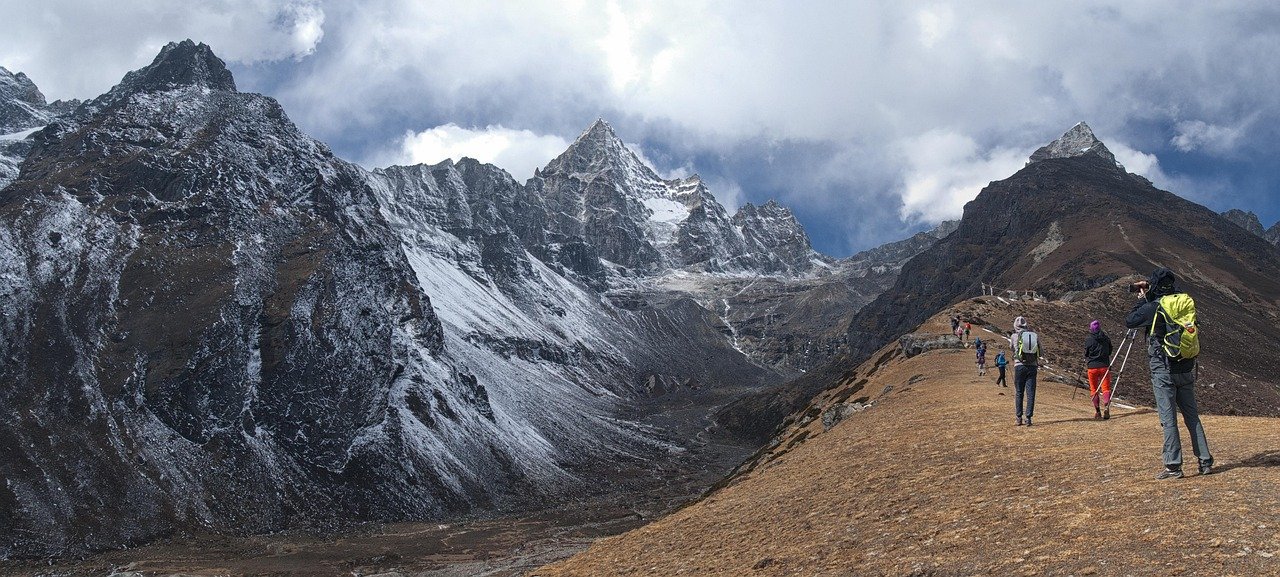The Himalayas, often referred to as the “Roof of the World,” are a majestic mountain range that stretches across five countries: India, Nepal, Bhutan, China, and Pakistan. While popular destinations like Everest Base Camp, Leh-Ladakh, and Kathmandu attract thousands of tourists each year, the true essence of the Himalayas lies in its hidden villages. These remote settlements, tucked away in the folds of towering peaks, offer a glimpse into a world untouched by modernity. This article takes you on a journey to some of the most enchanting hidden villages of the Himalayas, where time stands still, and nature and culture coexist in perfect harmony.
1. Turtuk: A Slice of Paradise in Ladakh
Location: Ladakh, India
Altitude: 9,800 feet
Turtuk, a quaint village in the Nubra Valley of Ladakh, is one of the northernmost settlements in India. Until 2010, it was a restricted area due to its proximity to the Line of Control between India and Pakistan.

Today, it welcomes travelers with open arms, offering a unique blend of culture, history, and natural beauty.
What to Experience:
- Cultural Richness: Turtuk is home to the Balti people, an ethnic group with Tibetan roots. The village is a cultural treasure trove, with ancient mosques, traditional houses, and a way of life that has remained unchanged for centuries.
- Scenic Beauty: Surrounded by lush greenery, apricot orchards, and the Shyok River, Turtuk is a visual delight. The village offers stunning views of the Karakoram Range, making it a paradise for photographers and nature lovers.
- Historical Significance: Visit the Turtuk Museum to learn about the village’s history and its strategic importance during the Indo-Pak wars. The museum houses artifacts, photographs, and documents that provide insights into the region’s past.
2. Upper Mustang: The Forbidden Kingdom
Location: Nepal
Altitude: 13,000 feet
Upper Mustang, often referred to as the “Forbidden Kingdom,” is a remote region in Nepal that was once an independent kingdom. It remained isolated from the outside world until 1992, when it was opened to tourists.
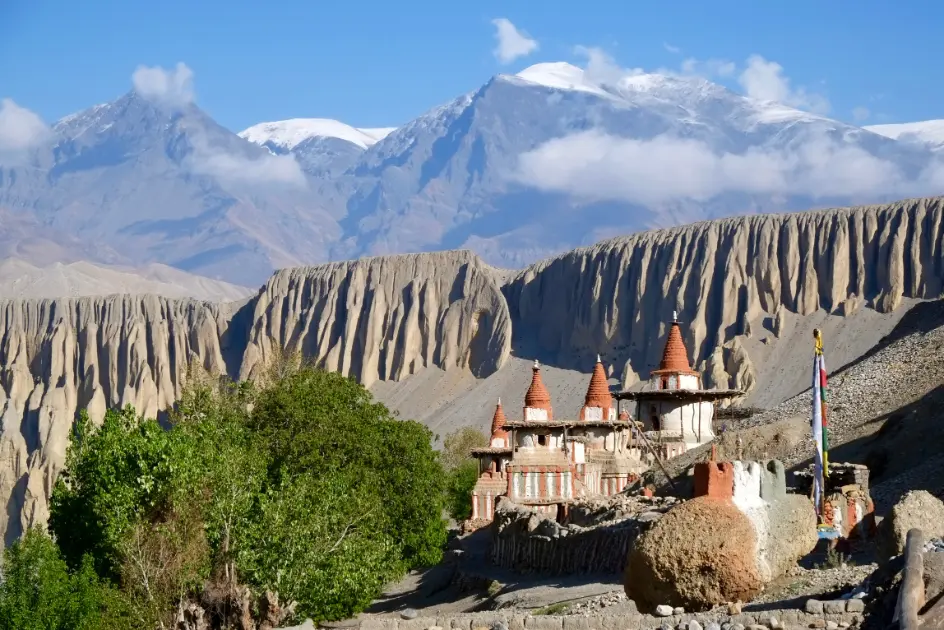
The region’s unique landscape, characterized by barren cliffs, deep gorges, and ancient caves, is reminiscent of Tibet.
What to Experience:
- Lo Manthang: The capital of Upper Mustang, Lo Manthang, is a walled city that houses ancient monasteries, palaces, and traditional Tibetan-style houses. The city is a living museum, offering a glimpse into the region’s rich cultural heritage.
- Cave Dwellings: Upper Mustang is home to thousands of man-made caves, some of which date back to the 8th century. These caves, carved into the cliffs, were used as dwellings, meditation chambers, and burial sites.
- Tiji Festival: If you visit in May, don’t miss the Tiji Festival, a three-day event that celebrates the victory of good over evil. The festival features masked dances, rituals, and traditional music, providing a unique cultural experience.
3. Lingshed: A Spiritual Haven in Zanskar
Location: Ladakh, India
Altitude: 13,500 feet
Lingshed, a remote village in the Zanskar region of Ladakh, is a spiritual haven that offers a tranquil escape from the hustle and bustle of modern life.

The village is home to the Lingshed Monastery, one of the oldest and most important monasteries in the region.
What to Experience:
- Lingshed Monastery: The monastery, perched on a hilltop, offers panoramic views of the surrounding mountains and valleys. It is a center of Buddhist learning and houses ancient scriptures, thangkas (Buddhist paintings), and statues.
- Trekking: Lingshed is a popular stop on the Zanskar Trek, a challenging route that takes you through some of the most remote and breathtaking landscapes in the Himalayas. The trek offers opportunities to interact with the local people and experience their way of life.
- Homestays: Stay with local families in traditional Ladakhi houses and experience their hospitality. The homestays offer a chance to savor local cuisine, participate in daily activities, and learn about the region’s culture and traditions.
4. Himachal Pradesh’s Malana: The Village of Taboos
Location: Himachal Pradesh, India
Altitude: 9,938 feet
Malana, a small village in the Parvati Valley of Himachal Pradesh, is known for its unique culture and strict social norms.
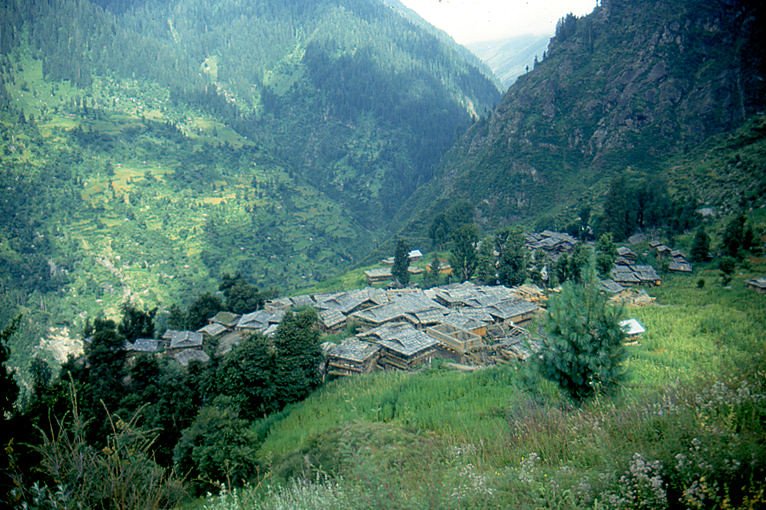
The village is often referred to as the “Village of Taboos” due to its numerous restrictions and customs that set it apart from the rest of the world.
What to Experience:
- Ancient Democracy: Malana is believed to be one of the oldest democracies in the world, with a unique system of governance that has been in place for centuries. The village is governed by a council of elders, and outsiders are not allowed to touch the villagers or their belongings.
- Temple of Jamlu: The village is home to the Temple of Jamlu, a deity worshipped by the locals. The temple is a sacred site, and visitors are required to follow strict rules and rituals when entering.
- Cannabis Culture: Malana is famous for its high-quality cannabis, known as Malana Cream. While the sale and consumption of cannabis are illegal in India, the plant plays a significant role in the village’s economy and culture.
5. Gasa: The Hot Spring Village of Bhutan
Location: Bhutan
Altitude: 7,500 feet
Gasa, a small village in northern Bhutan, is known for its hot springs and stunning natural beauty.
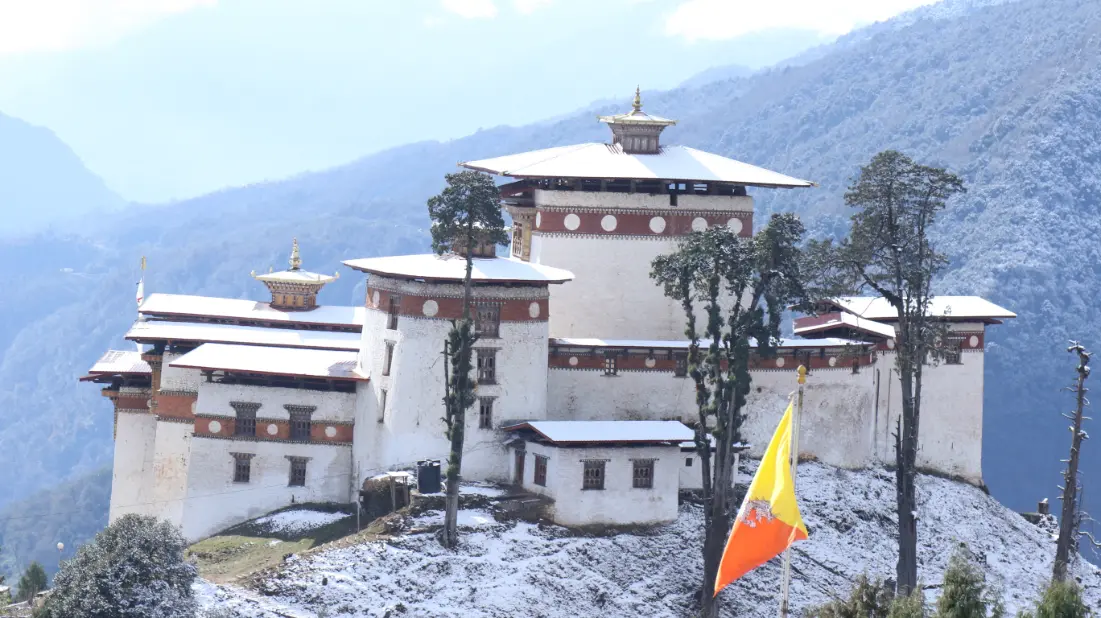
The village is located in the Gasa District, one of the most remote and least developed regions in Bhutan.
What to Experience:
- Gasa Hot Springs: The hot springs are the main attraction in Gasa, believed to have healing properties. The springs are surrounded by lush forests and offer a relaxing experience after a long trek.
- Gasa Dzong: The Gasa Dzong, a fortress-monastery, is a prominent landmark in the village. The dzong offers stunning views of the surrounding mountains and valleys and is a great place to learn about Bhutanese architecture and history.
- Trekking: Gasa is a popular stop on the Snowman Trek, one of the most challenging treks in the world. The trek takes you through some of the most remote and breathtaking landscapes in the Himalayas, offering opportunities to interact with the local people and experience their way of life.
6. Kibber: The Highest Motorable Village in the World
Location: Spiti Valley, India
Altitude: 14,200 feet
Kibber, a small village in the Spiti Valley of Himachal Pradesh, is often referred to as the highest motorable village in the world.
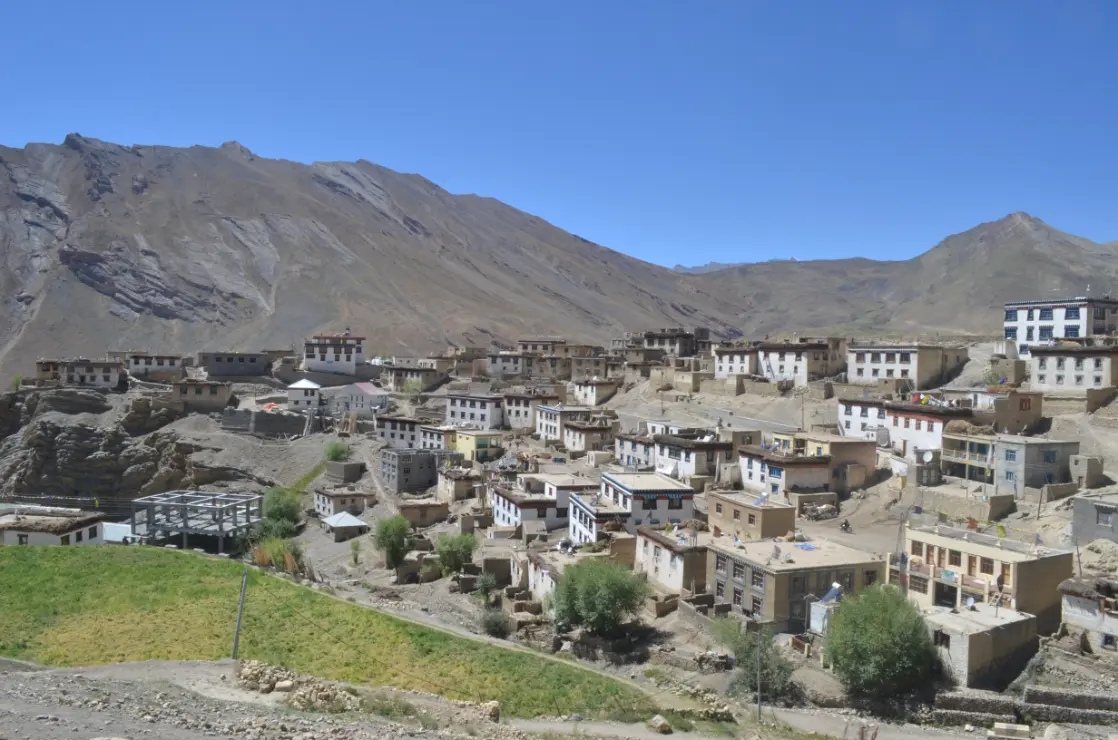
The village is located in a cold desert region, surrounded by barren mountains and pristine landscapes.
What to Experience:
- Kibber Monastery: The village is home to the Kibber Monastery, a Tibetan Buddhist monastery that houses ancient scriptures, thangkas, and statues. The monastery offers a peaceful retreat and stunning views of the surrounding mountains.
- Wildlife: Kibber is located near the Kibber Wildlife Sanctuary, home to rare species like the snow leopard, ibex, and blue sheep. The sanctuary offers opportunities for wildlife spotting and photography.
- Homestays: Stay with local families in traditional Spitian houses and experience their hospitality. The homestays offer a chance to savor local cuisine, participate in daily activities, and learn about the region’s culture and traditions.
7. Namche Bazaar: The Gateway to Everest
Location: Nepal
Altitude: 11,286 feet
Namche Bazaar, a bustling village in the Khumbu region of Nepal, is often referred to as the “Gateway to Everest.” The village is a popular stop for trekkers heading to Everest Base Camp and offers a range of amenities, including lodges, restaurants, and shops.
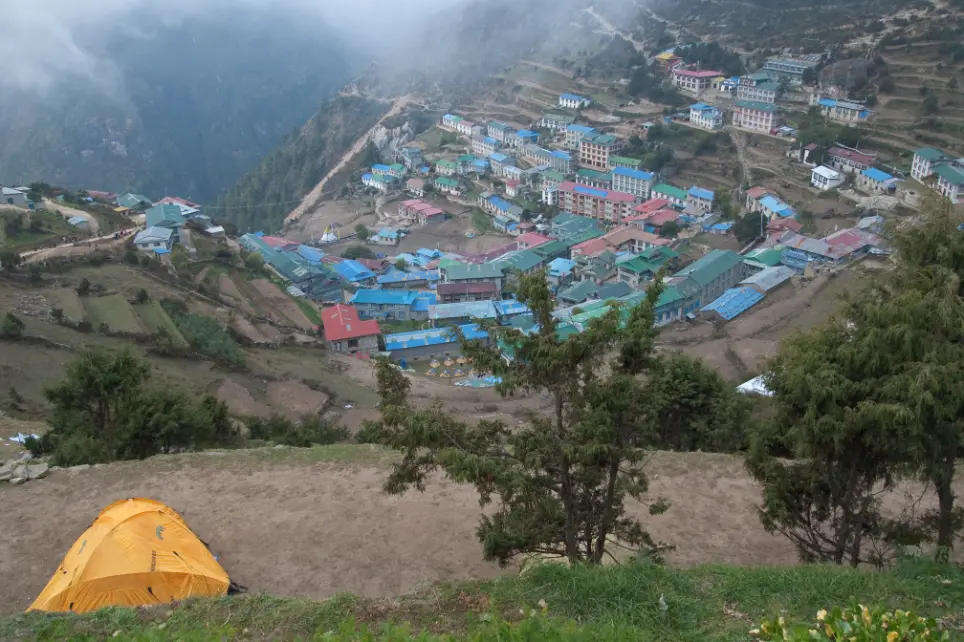
What to Experience:
- Everest View Hotel: The Everest View Hotel, located on a hilltop above Namche Bazaar, offers stunning views of Mount Everest and the surrounding peaks. The hotel is a great place to acclimatize and enjoy the scenery.
- Saturday Market: Namche Bazaar is known for its Saturday market, where locals from surrounding villages come to sell their goods. The market offers a chance to interact with the local people and experience their way of life.
- Sherpa Culture: Namche Bazaar is home to the Sherpa people, an ethnic group known for their mountaineering skills. The village offers opportunities to learn about Sherpa culture, traditions, and history.
8. Dzongu: The Hidden Valley of Sikkim
Location: Sikkim, India
Altitude: 5,000 feet
Dzongu, a remote valley in the northern part of Sikkim, is a hidden gem that offers a tranquil escape from the outside world. The valley is home to the Lepcha people, an indigenous group with a rich cultural heritage.
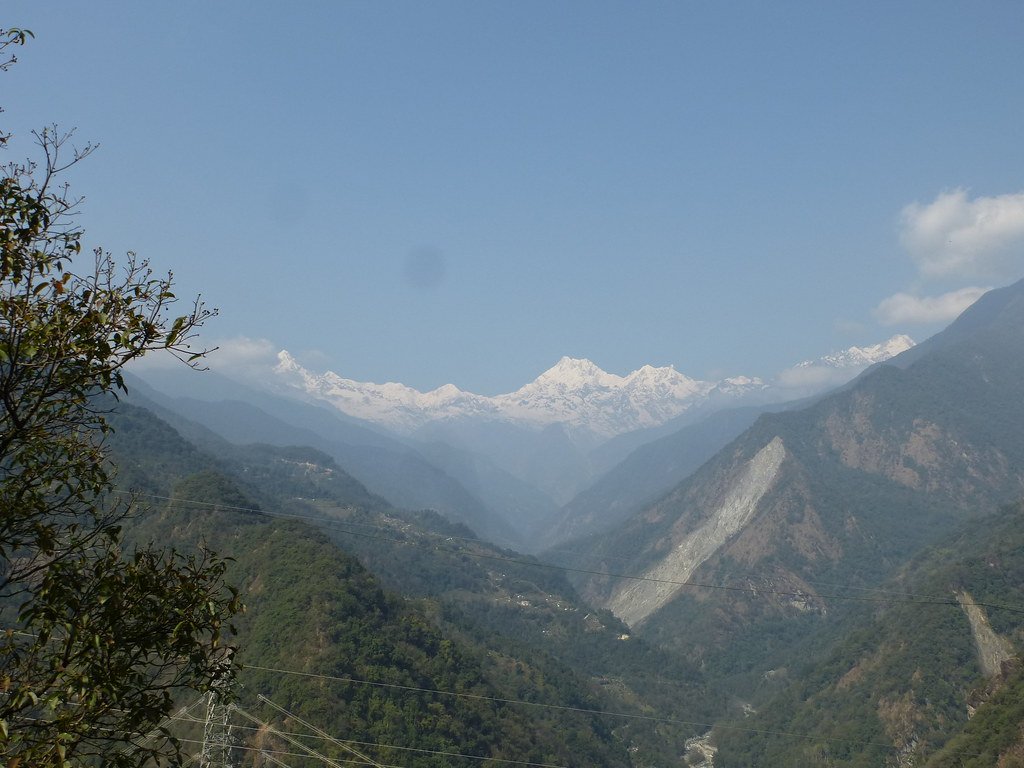
What to Experience:
- Lepcha Culture: Dzongu is a great place to learn about Lepcha culture, traditions, and way of life. The valley is home to several Lepcha villages, where you can interact with the locals and participate in their daily activities.
- Hot Springs: Dzongu is known for its hot springs, believed to have healing properties. The hot springs are surrounded by lush forests and offer a relaxing experience after a long trek.
- Trekking: Dzongu offers several trekking routes that take you through pristine forests, rivers, and waterfalls. The treks offer opportunities to spot rare wildlife and enjoy the stunning natural beauty of the region.
9. Munsiyari: The Little Kashmir of Uttarakhand
Location: Uttarakhand, India
Altitude: 7,200 feet
Munsiyari, a small town in the Pithoragarh district of Uttarakhand, is often referred to as the “Little Kashmir” due to its stunning natural beauty.

The town is located in the Johar Valley, surrounded by snow-capped peaks and lush forests.
What to Experience:
- Panchachuli Peaks: Munsiyari offers stunning views of the Panchachuli Peaks, a group of five snow-capped peaks that are considered sacred by the locals. The peaks are a popular destination for trekkers and photographers.
- Birthi Falls: The Birthi Falls, located near Munsiyari, is a beautiful waterfall that offers a refreshing retreat. The falls are surrounded by lush greenery and offer a great spot for picnics and photography.
- Homestays: Stay with local families in traditional Kumaoni houses and experience their hospitality. The homestays offer a chance to savor local cuisine, participate in daily activities, and learn about the region’s culture and traditions.
10. Phu Valley: The Hidden Gem of Nepal
Location: Nepal
Altitude: 13,000 feet
Phu Valley, a remote valley in the Manang District of Nepal, is a hidden gem that offers a unique blend of culture, history, and natural beauty.
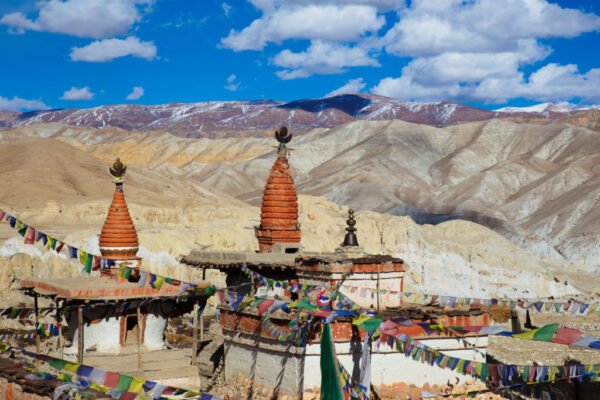
The valley is located in the Annapurna region and is home to the Phu Village, a traditional Tibetan-style village.
What to Experience:
- Phu Village: The village is a living museum, offering a glimpse into the region’s rich cultural heritage. The village is home to ancient monasteries, traditional houses, and a way of life that has remained unchanged for centuries.
- Trekking: Phu Valley is a popular destination for trekkers, offering several trekking routes that take you through pristine landscapes, rivers, and waterfalls. The treks offer opportunities to spot rare wildlife and enjoy the stunning natural beauty of the region.
- Festivals: If you visit in July, don’t miss the Nar-Phu Festival, a three-day event that celebrates the region’s culture and traditions. The festival features masked dances, rituals, and traditional music, providing a unique cultural experience.
Conclusion
The hidden villages of the Himalayas offer a unique and unforgettable travel experience. These remote settlements, tucked away in the folds of towering peaks, offer a glimpse into a world untouched by modernity.
Whether you’re seeking cultural immersion, spiritual retreat, or adventure, the hidden villages of the Himalayas have something for everyone.
So pack your bags, leave the beaten path, and embark on a journey to the heart of serenity.
FAQs: Hidden Villages of the Himalayas
What is the best time to visit the hidden villages of the Himalayas?
The best time to visit most hidden villages in the Himalayas is during the spring (April to June) and autumn (September to November) seasons. During these months, the weather is pleasant, with clear skies and moderate temperatures, making it ideal for trekking and exploring. Winter (December to February) can be extremely cold, especially in high-altitude villages, while the monsoon season (July to August) brings heavy rainfall and landslides, making travel difficult.
Are permits required to visit these villages?
Yes, some villages, especially those in restricted or border areas, require special permits. For example:
- Upper Mustang (Nepal): A restricted area permit is required, which costs around $500 for 10 days.
- Turtuk (India): Indian citizens do not need a permit, but foreign tourists may need an Inner Line Permit (ILP) to visit Ladakh.
- Dzongu (Sikkim): A Protected Area Permit (PAP) is required for foreign tourists, which can be arranged through a registered travel agency.
Always check the latest regulations and obtain necessary permits before planning your trip.
How do I reach these remote villages?
Reaching these villages often involves a combination of flights, road travel, and trekking:
- By Air: Fly to the nearest airport (e.g., Leh for Ladakh, Kathmandu for Nepal) and then travel by road.
- By Road: Hire a taxi or take a bus to the nearest town or trekking starting point.
- By Trekking: Many villages, like Lingshed or Phu Valley, are accessible only by foot. Hiring a local guide or porter is recommended for safety and navigation.
What should I pack for a trip to these villages?
Packing essentials for a trip to the hidden Himalayan villages include:
- Clothing: Layered clothing, thermal wear, a waterproof jacket, and sturdy trekking shoes.
- Accessories: Sunglasses, sunscreen, a hat, and a reusable water bottle.
- Gear: A good-quality backpack, trekking poles, and a sleeping bag (for homestays or camping).
- Health: Basic medications, altitude sickness pills, and a first-aid kit.
- Documents: Permits, ID proofs, and copies of important documents.
Is it safe to travel to these remote areas?
Yes, it is generally safe to travel to these villages, but precautions are necessary:
- Altitude Sickness: Acclimatize properly, stay hydrated, and avoid overexertion.
- Weather: Be prepared for sudden weather changes, especially in high-altitude regions.
- Local Guidance: Hire local guides or porters who know the terrain and culture.
- Connectivity: Many villages have limited or no mobile network coverage, so inform family or friends about your itinerary beforehand.
- Respect Local Customs: Follow local traditions and avoid actions that may offend the community.
By planning carefully and respecting the local culture, you can have a safe and enriching experience in the hidden villages of the Himalayas.


